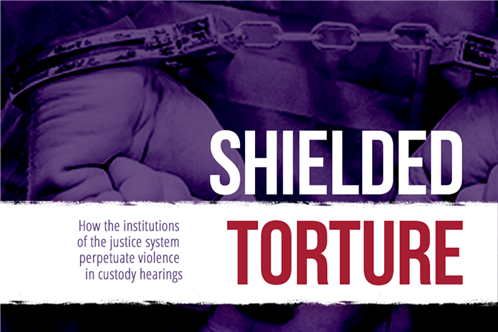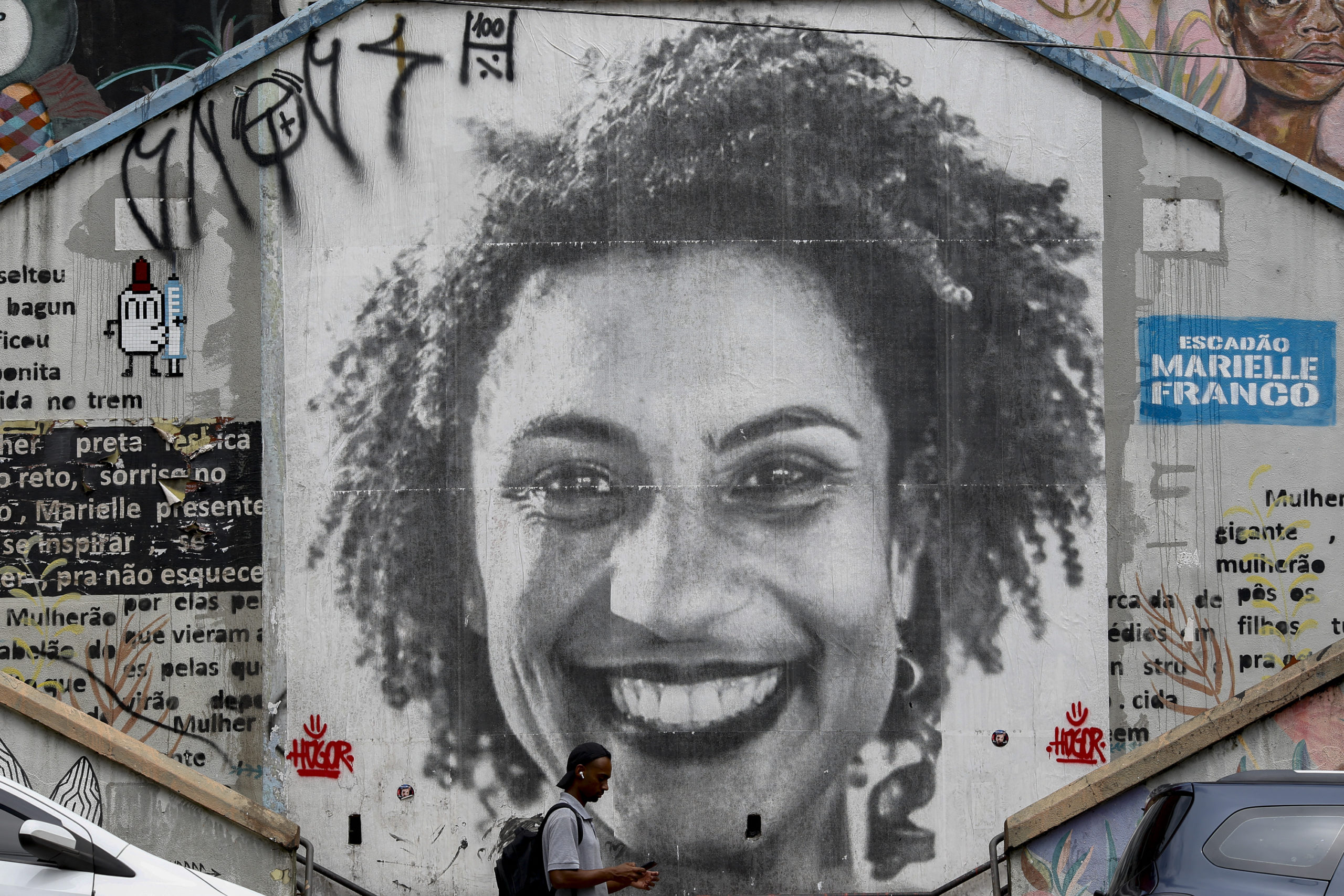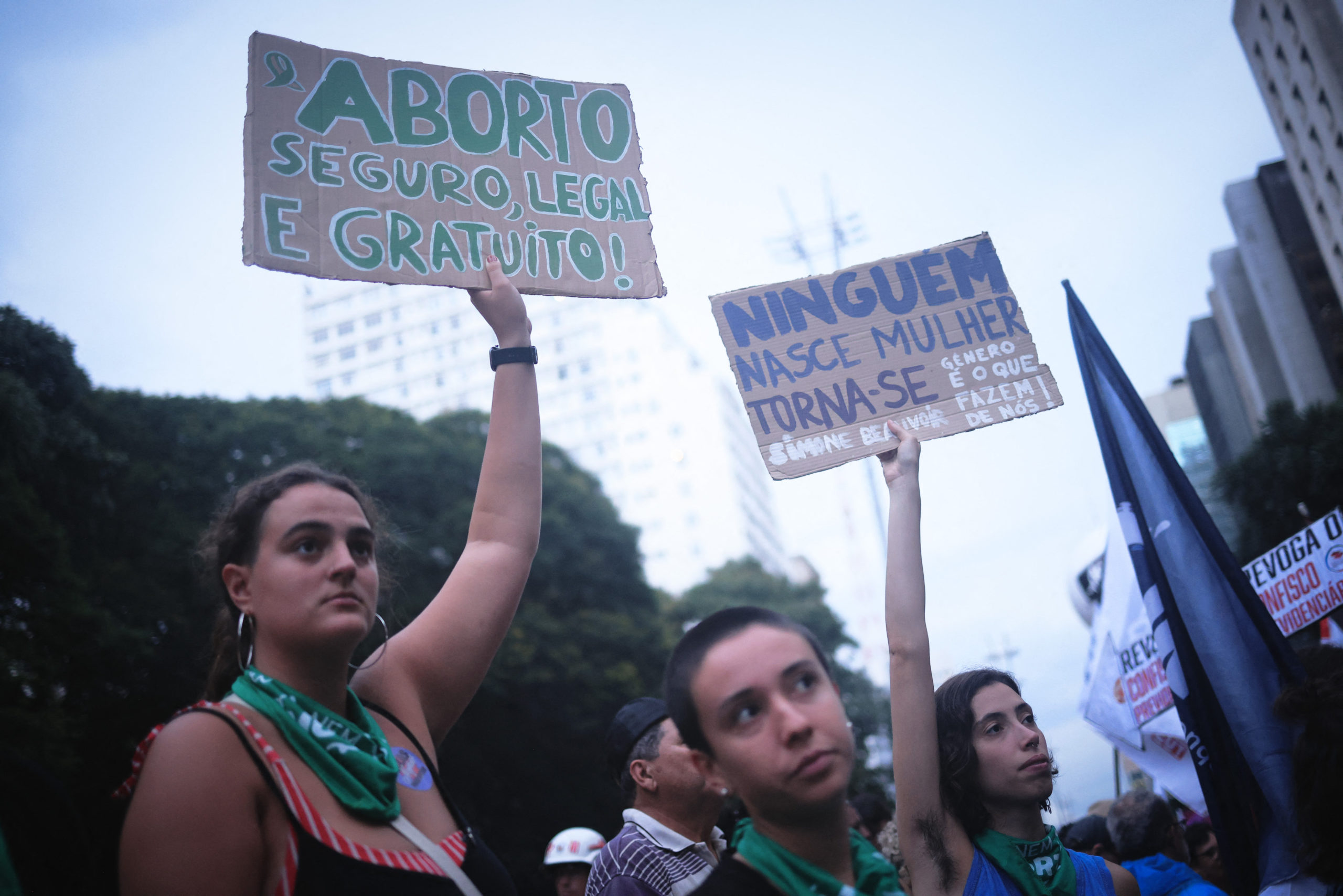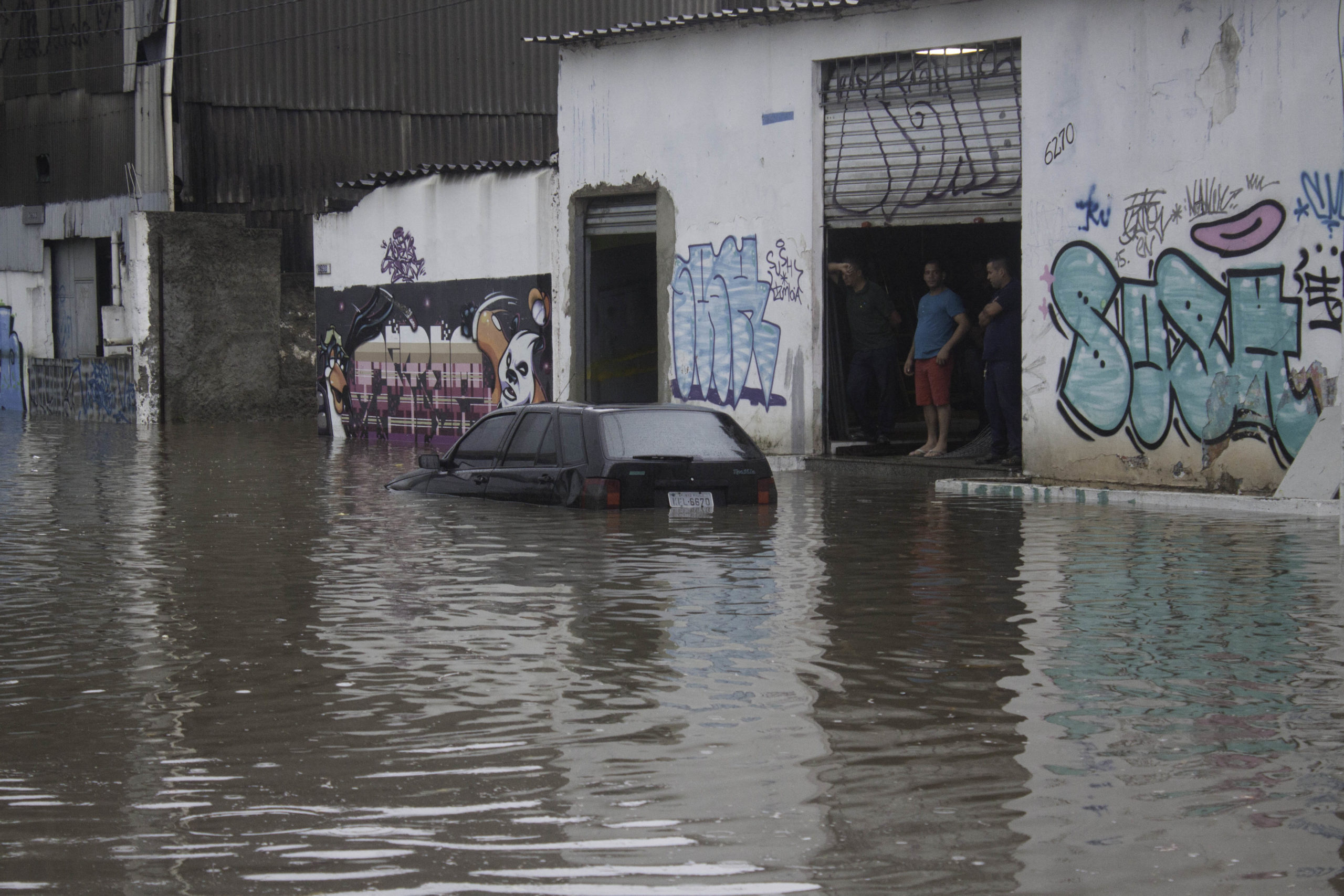Structural negligence
A third of judges do not ask detainees about police violence at the time of their arrest

Most of the reports on police violence that are heard in custody hearings are prompted by questions asked by the judges, who are always the first to speak. According to the research “Shielded Torture”, however, in a third of cases the judges missed this opportunity and did not ask the detainees any questions about torture or mistreatment.
This disregard for the investigation of violence – one of the main purposes of the custody hearings – continues when the representative of the Public Prosecutor’s Office, who is always second to speak, addresses the hearing. Of the cases in which the judge did not ask about aggression, the prosecutor intervened in just 9% of them.
It is worth pointing out that the Public Prosecutor’s Office is the only body of the justice system with the constitutional duty to oversee police activity. In other words: by not asking about the occurrence of violence at arrest, prosecutors are failing to comply with a constitutional responsibility.
It is also common for prosecutors to claim that the reports of torture are, in fact, a means of getting the accused “off the hook” – the Code of Criminal Procedure states that charges must be dropped if the arrest is made illegally.
But the data from the research refute this argument: in most of the cases in which a testimony was made (72%), the arrest was converted into pre-trial detention. In only a very small number of cases (4%) were the charges against the detainee dropped – and always for reasons that had nothing to do with the report of aggression.
After the prosecutor, it is the defense’s turn to address the hearing. The research reveals that despite being the last to speak and not having any constitutional obligation to conduct police oversight, the public defenders or private lawyers addressed the subject of torture more often than the Public Prosecutor’s Office.
The graph below illustrates how this occurs in the hearings:
After all the parties have spoken, the judge decides whether to refer the report of violence. However, they did not take any such action in more than 25% of the cases analyzed by the study. In just 1 of the 393 cases did the judge order a police inquiry to be opened. When they did recommend an investigation, 72% of the time the judges referred the case to DIPO 5 (Criminal Investigation and Auxiliary Services Division), which is responsible for receiving and processing complaints of police violence.
In practice, all DIPO 5 does is forward the evidence of torture to the internal affairs offices of the Civil Police and the Military Police. In other words: DIPO 5 sends the complaints to the very institutions that are suspected of the aggression. Furthermore, in 14% of the cases the information was sent to the wrong place: one case that should have been forwarded to the Internal Affairs Office of the Military Police, for example, mistakenly ended up in the Internal Affairs Office of the Civil Police.
When the cases did arrive at the right place, the situation was not much better – and in the case of the Military Police it was worse still, since the documents were forwarded to the brigade where the accused officer or group of officers work. In other words, it was the suspects of torture and mistreatment themselves who received documents with the name and address of their accuser, together with a video of the statements given by the victims.
The military and civil police internal affairs offices provided no information on the progress of the investigations, even after requests were filed based on the Freedom of Information Law.
Judges | “I want to know if there was a beating”
The data compiled by “Shielded Torture” illustrate that the conduct of the judges in the custody hearings is largely determined by each one’s own character, so the combat and prevention of torture and mistreatment depends more on the judge’s personal convictions than on an institutional protocol.
It is important to note that on December 15, 2015, not long after the data had been collected for this study, the CNJ (National Justice Council) published a resolution (no. 213) establishing guidelines for judges who serve on custody hearings. This resolution establishes a protocol specifically for how judges should respond to reports of violence.
Of the 11 judges who served on more than 15 custody hearings during the period of the research, only five systematically asked all the detainees whether they had suffered torture or mistreatment. The others asked questions about police violence only occasionally. Not even clear signs of aggression like blood stains, ripped clothes, bruises and injuries altered the conduct of some judges.
When a testimony was made either spontaneously or when prompted by the Public Prosecutor’s Office or the Public Defender’s Office, the judge often expressed suspicion or simply refused to take the word of the detainee over the word of the police officer. In 18% of the cases in which they intervened, the judge insinuated that the detainee was lying. In 14% of the cases, the complaints were naturalized, as if torture were a strictly private matter: They assaulted you for no reason? Why would the police do that to you?”
In 27% of the cases when the judge asked the detainees about aggression at the time of their arrest, he asked immediately afterwards whether they were known to the police officers. On other occasions, the questions appeared to play down the violence: “Just a slap on the face?”
According to the lawyer Sylvia Dias, a delegate of the Association for the Prevention of Torture in Brazil who reviewed “Shielded Torture”, comments like “just a kick”, “the officer must have acted like that because he was met with resistance” or “just an electric shock?” render the custody hearings meaningless and legitimize torture, mistreatment and police violence.
In spite of this blatant disregard by some judges, the research confirmed the importance of the involvement of judges in the combat and prevention of torture. In nearly 60% of all the analyzed cases, the testimony was prompted by a question from the judge.
According to Dias, “the research did find that some judges forwarded the case for investigation 100% of the time, revealing a genuine commitment to combating torture and institutional violence that ought to be demonstrated throughout the Judiciary and not just by a handful of its representatives”.
Prosecutors | “If you hadn’t been stealing, you wouldn’t have taken a beating”
The role of the Public Prosecutor’s Office also proved problematic, despite the fact that it is the only institution with a constitutional duty to oversee police activity and also the only one with members serving exclusively on the hearings during the period analyzed. In 80% of the cases in which there were reports of torture and mistreatment by the detainees, the prosecutor took no action whatsoever.
On the contrary: the majority of times that they addressed the reports of torture and mistreatment, the prosecutors contested the testimonies, refusing to believe the person arrested. This was usually done by taking the word of the police officers, referring to the contents of the police report or the arrest report filled out at the police station or emphasizing the detainee’s criminal record.
“We noticed an extremely alarming tendency by the prosecutors to believe that the arrested or detained person is always lying, or that they allege torture or police violence in an attempt to ‘get off the hook’ or to be released as a result of the violence suffered,” said Dias.
As a result, in almost none of the hearings did the Public Prosecutor’s Office recommend that the reports be investigated. On the few occasions when they did, some prosecutors made a point of mentioning that they were just going through the motions, because the hearings were being filmed: “I don’t want them to see the video of the guy all beaten up and then say I didn’t do anything.”
Just like with the judges, the research identified the importance of the involvement of prosecutors in the combat and prevention of torture and mistreatment. It was discovered, for example, that judges are far more likely to accept an investigation request when it is made by the Public Prosecutor’s Office – 93% of the requests made by prosecutors were approved by the judge.
Public Defenders | “Was it the same officers who took you to the police station?”
In the analysis of the role played by the defense, whether by public defenders or private lawyers, it was found that they never intervened to discredit the reports of violence: in 49% of the cases some attempt was made to obtain more information to examine the facts. Nevertheless, the public defenders did not show any inclination to stand up to judges and prosecutors on the occasions when they discredited, disrespected or acted aggressively towards the detainees.
The study revealed that the public defenders from DIPO (Technical Department of Police Inquiries and Criminal Investigators), which is responsible for the oversight of police inquiries, pay closer attention to the cases of violence than public defenders from other areas who are appointed to serve on the custody hearings. The response rate to testimonies of torture and mistreatment was 67% among public defenders from DIPO and just 32% by those appointed from other areas.
The conclusions from the study also emphasized the importance of the interview between the person arrested and the public defender before entering the hearing. This is the point when the complaints of violence are usually expressed for the first time – hence the need for the interview to occur away from prosecutors, judges and in particular police officers. During the period of the research, this conversation that ought to occur privately always took place in the corridor outside the room where the hearings are held and in the presence of at least one military police officer.
During the hearings, the public defenders were the only ones to question the detainees about the existence of witnesses and other evidence such as photographs or videos that could substantiate the complaints. This information, however, is systematically ignored: the research did not observe a single case in which the information about witnesses to the violence was included in the proceedings of the hearing, nor images from security cameras or GPS data from police vehicles.
Forensic Medical Institute | “I conclude that the victim suffered minor injuries”
One of the most important changes introduced by the custody hearings was the creation of an area inside the Criminal Courthouse of Barra Funda for the Forensic Medical Institute. Medical examinations used to take place before the accused was sent to the detention center, far from the institutions of the justice system. Now, the examination can be performed immediately after the hearing – albeit in a small and improvised room.
Although the military police officers are not in the habit of entering the room during the examination (this occurred on very few occasions), the research noted that the officers wait outside the room with their backs to the door, from where they can hear everything that is said by the detainee and the medical examiner.
It is worth pointing out that, administratively, the Forensic Medical Institute reports to the São Paulo State Public Security Department, undermining its independence to determine whether crimes have been committed by agents of the same state, in particular by the police (who report to the same department).
The 251 forensic reports analyzed by “Shielded Torture” demonstrate that in most cases (73%) the person arrested told the same story they had told in the hearing, in more or less detail, to the medical examiner. In 16% of the cases, the description of the facts contained in the forensic reports is much more succinct and less detailed than the account given by the accused in the hearing. One example is the psychological violence, which is always ignored by the medical examiners.
Another cause for concern is the way arrested women are treated. One woman who reported sexual abuse, for example, refused to undress in front of the male medical examiner. Instead of replacing him with a female examiner, which should have been done, the report was left blank.
In just 3% of the cases were additional exams requested to analyze the violence in more detail. However, none of them had been performed by the time the data collection period had ended, in May 2016. In 11% of the cases, meanwhile, the medical examiner’s description contained new information, such as details about the type of aggression, the use of objects and the parts of the body struck. In these cases, the descriptions of the injuries were also more detailed – which ultimately demonstrates that the personal conduct of each examiner is a decisive factor in the quality of the report.







